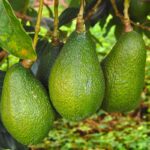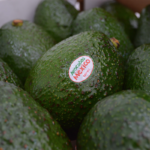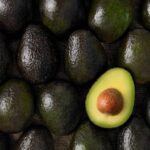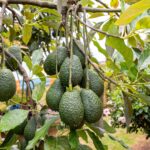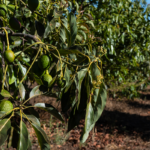Chile: Avocado fungal disease identified

For many years Chilean growers and exporters have been finding a strange fungus on their avocados from time to time, but choosing the correct treatment has proved difficult due to a lack of knowledge about the problem.
That is all about to change following a recent study from the country's Rosario Evaluation Center (CER) which identified the fungus as Colletotrichum spp, a problem that is also present in other major avocado-producing countries like Mexico and Peru.
The fungus appears irregularly, depending on how much moisture there is in the season, and the necrotic lesions, sunken consistency and softness of flesh it generates lead to rejections on arrival in overseas markets.
The CER says that for many years the industries of Mexico and Peru have been using applications to the flowers and the fruit in development to prevent the appearance of the fungus, but in the case of Chile the use of fungicides on avocados was very rare.
The center expects that with this new knowledge, growing practices for avocados will change in Chile to use better control methods.
"It has become fundamental to develop more research into Colletotrichum spp with the aim of identifying local species, the critical moments of control and the timely periods for the application of the corresponding fungicides," said CER plant pathology director Natalia Camus.
"While Colletotrichum spp is not currently the main cause of rejections of Chilean avocados abroad, it's essential to start considering this fungus in phytosanitary programs, especially in seasons with high relative humidity when the avocados are growing."
Headline photo: www.shutterstock.com



















